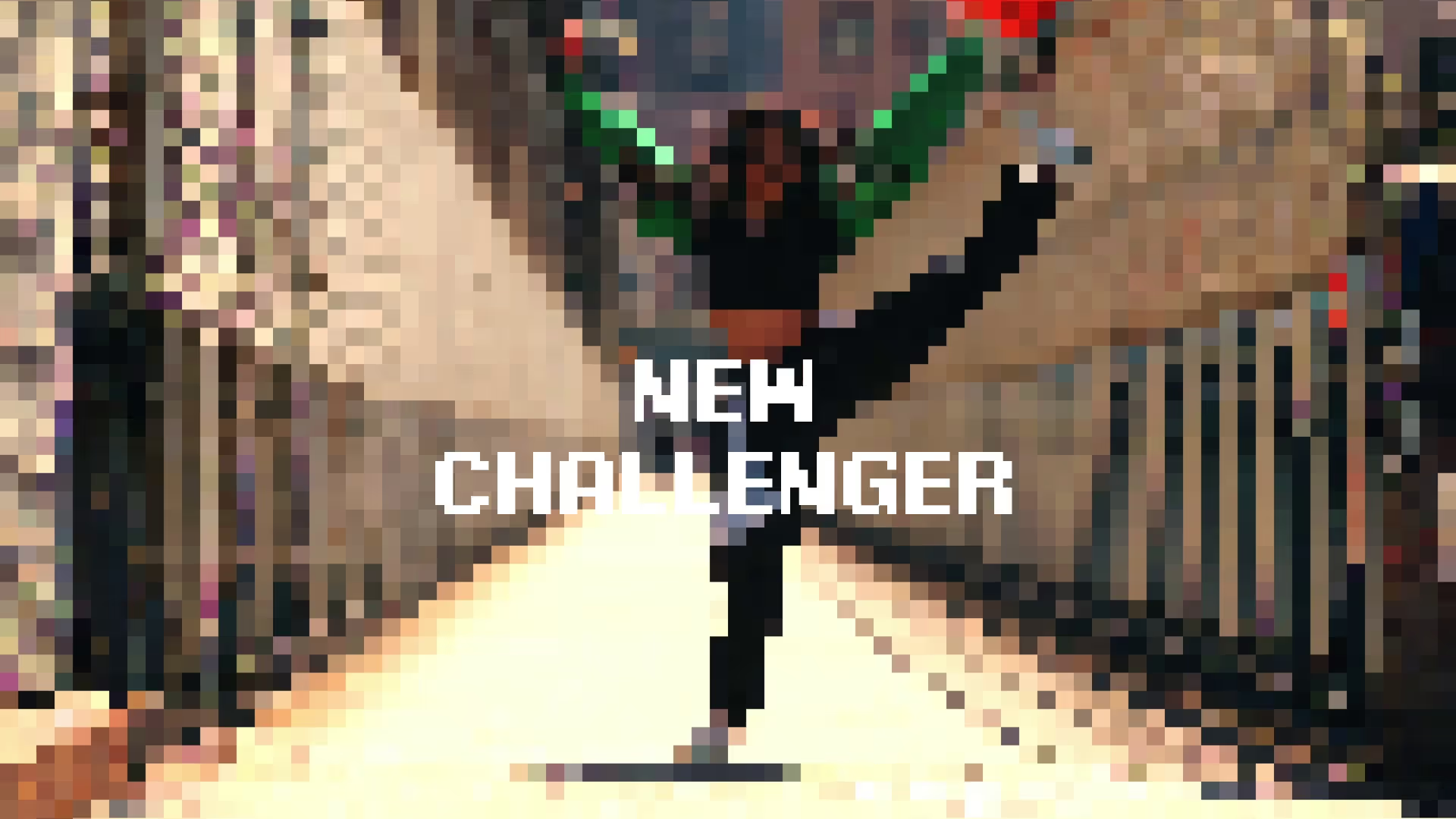Accelerate Game Prototyping with AI: Tools & Techniques for Rapid Iteration
Game prototyping is about quickly testing concepts and iterating on gameplay. AI is no longer a futuristic concept; it is a practical tool for accelerating this process. Developers can leverage AI to significantly reduce the time and resources spent on early-stage development.
AI-powered tools can generate initial game ideas, helping overcome creative blocks. Instead of staring at a blank screen, developers can use AI to spark new directions. Wayline’s Ignite tool can generate endless game ideas, providing a foundation for prototyping.
Rapid asset generation is another critical area where AI excels. Creating placeholder art and models traditionally takes significant time. AI tools can quickly produce concept art, 3D models, and even sound effects. For visual exploration, Canvas can generate concept art with AI, allowing developers to visualize their ideas instantly.
AI can also assist in procedural content generation for levels and environments. This allows for diverse testing environments without manual construction. Developers can quickly experiment with different layouts and challenges.
Automating basic gameplay mechanics through AI is also becoming feasible. Simple AI behaviors for NPCs or enemy patterns can be generated, allowing core loops to be tested faster. This frees up developers to focus on more complex design problems.
Testing and iteration benefit greatly from AI. AI can simulate player behavior or run automated tests, identifying bugs and balance issues early. This provides valuable data for refinement before extensive manual playtesting.
Choosing the right engine for your prototype is also crucial for efficiency. Understanding the strengths of different platforms, as discussed in ‘Unity vs. Unreal vs. Godot: Choosing Your Engine in 2025’ can inform your early development decisions.
One common pitfall is over-relying on AI without critical human oversight. AI is a co-pilot, not a replacement for creative direction. Developers must guide AI outputs and inject their unique vision into the prototype.
Another challenge is integrating disparate AI tools effectively. A streamlined workflow is essential to maximize AI’s benefits. Developers should seek tools that complement each other or integrate well into their existing pipeline.
AI in game prototyping is not about creating finished games automatically. It is about empowering developers to explore more ideas, iterate faster, and refine concepts with unprecedented speed. By embracing these tools, indies can bring their visions to life more efficiently.
Start experimenting with AI tools in your next prototype. Explore new possibilities and refine your game design process. The future of rapid iteration is here, and it is powered by AI.























